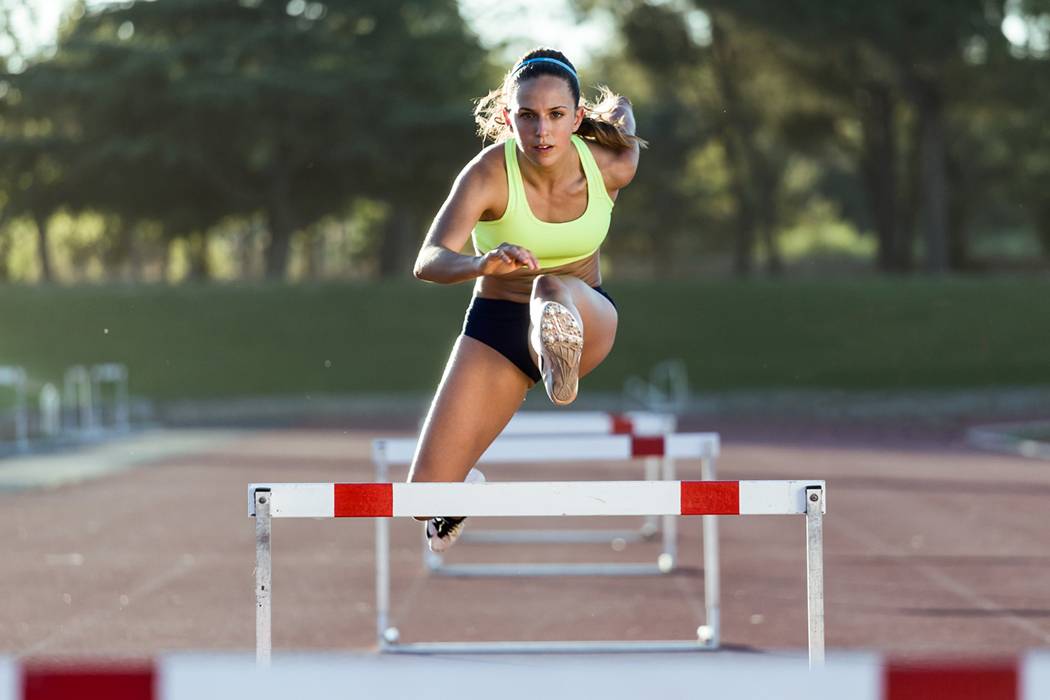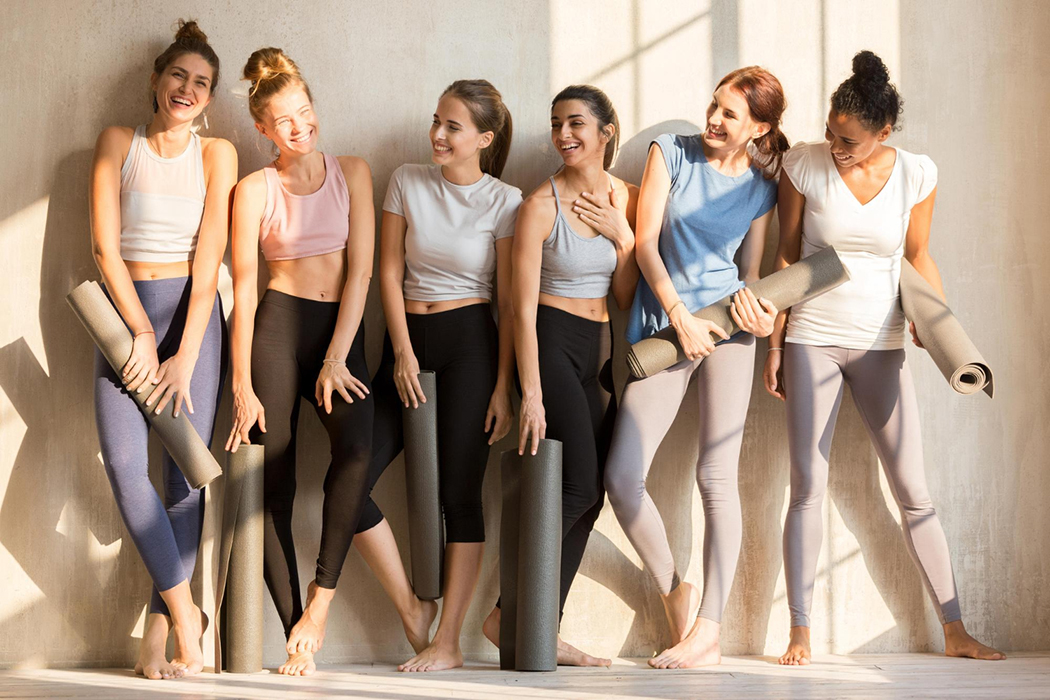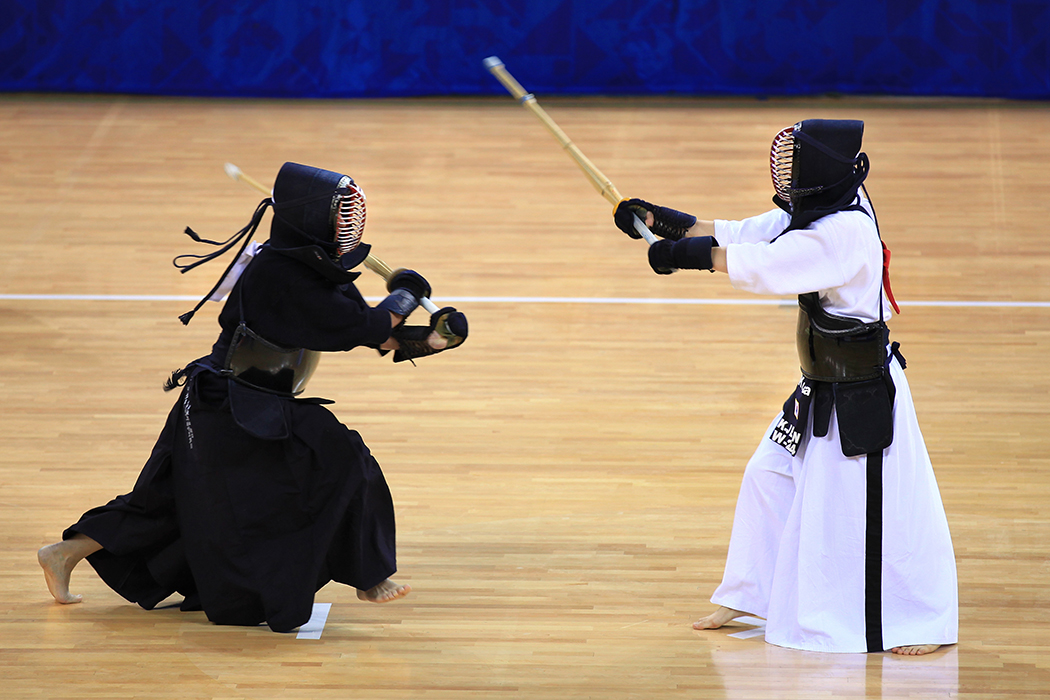 Articles
Articles
Kicking and Praying for the Sake of Youth: (Football) Sport and the Catholic Church in Northwest Germany
Hermann Queckenstedt
pp. 155–209
This article addresses a topic of sports history that has received little attention from researchers: the sport within the Catholic Church in Germany. The study begins with the beginnings of physical education in the Catholic Enlightenment of the 18th century. It then presents the sports practices in Catholic parishes and associations from the 19th century on and analyses the history of the sports association Deutsche Jugendkraft (DJK) and its foundation in 1920. The focus is on the north-west German region and the history of football.
Gymnastics and sport were promoted within the Catholic Church in order to realise a comprehensive educational ideal that went beyond intellectual and moral education, taking into account sporting activities, especially for young people. At the same time, Catholic educators were keen to prevent young people from being lost to the secular club system. During the Weimar Republic, the DJK organised its own league system for various sports, cup competitions and international matches against Catholic national teams from neighbouring European countries. Under the Nazi regime, the DJK and the sports groups it organised were gradually dissolved and robbed of their assets and sports grounds. Nevertheless, former officials managed to re-establish the sports umbrella organisation DJK after 1945 and to lead this Catholic sports movement into a new future. – Keywords: Sports association Deutsche Jugendkraft; Catholic Church; enforced conformity; Nazi regime; workers’ sports; Jewish athletes; physical, mental and moral education.
Paul Mathevet and his Alcides shows (1820s and 1830s): impact on the emergence of gymnasiums
Jean-Michel Faidit
pp. 210–232
How did gymnasiums and stadiums emerge in the 19th century? These two issues, both societal and architectural, were studied, firstly from the perspective of an expansion of military and school gymnastics into the civilian world and, secondly in relation to three concomitant factors: the development of British sports such as football and rugby, cycling and horse racing, and the revival of the Olympics for athletics events.
However, there is another common approach that has been little explored. Based on documentary material from the press of the time and theatre programmes, it can be seen that acrobatic gymnastics performances played a driving role in the creation of the first public gymnasiums. Performances bringing together actors and spectators through sports entertainment, encouraged some spectators to take part in this new form of physical culture. This makes these spectacles of strength a ‘missing link’ in explaining the spread of gymnasiums. As gymnastics met new objectives of health and physical beauty, two of Paul Mathevet’s partners became gymnasiarques, Victor Vénitien and Hippolyte Triat. Stadiums became the new theatres of sport. Classical theatres led the way by introducing sports spectacles which varied according to their circular – or semi-circular in the case of theatre-operas – architecture during the first half of the century. Through the actors and the content of the shows of the 1820s and 1830s, such as the Alcides Français of Paul Mathevet’s company with wrestling or the circus arts including equestrian performances, these sports shows in theatres provide a better understanding of the impact of civil gymnasiums among the affluent sections of society who went to the theatre. These spectacles of strength and wrestling thus play a driving role in the development of gymnastics. – Keywords: Stadiums; gymnasiums; theatres; Alcides Français; Paul Mathevet; Hippolyte Triat; Victor Vénitien; English sports; cultural transfer; physical culture; acrobatic gymnastics; sports shows.
Conflicts between East Germany and the USSR in the area of sports policy
Hans Joachim Teichler and Ronald Huster
pp. 233–260
Following the example of the Soviet Union, East Germany tried to show the superiority of its system through its sporting successes. The sporting ‘apprentice’ of the 1950s became the model student and by the 1970s a serious sporting competitor. At the beginning of the 1980s East Germany drew level with the Soviet Union and even threatened to overtake her in competitive success. This sporting rivalry climaxed when the Soviet Union endeavoured to become an equal partner in organizing the Friedensfahrt (the cycling race for peace). On the occasion of the 40th anniversary of the victory over Nazi Germany three cycling events should also be held in Moscow. Instead of the customary three-countries-trip between Warsaw, East-Berlin and Prague, the Soviet Union planned, together with support of the French communists, a trip from Paris to Moscow on the occasion of the 200th anniversary of the French Revolution (something East Germany tried to prevent). As East Germany refused to share its methods of training and doping with the Soviet Union, the latter tried to force the former to consent to doping controls. The article also deals with other sport-political and sporting rivalries between the two states in the 1980s. It comes to conclusion that sport provided one of the few opportunities to defy the big brother without violating political boundaries. This applied to athletes, sport officials as well as to the sporting public. – Keywords: East Germany; German Democratic Republic (GDR); West Germany; Friedensfahrt (the cycling race for peace); Union of Soviet Socialist Republics (USSR); amateurism; professionalism; doping; training; communism; socialism; Olympic Games; sports policy.

Sports in the Cold War: Doping in East and West Germany
Jutta Braun and Hans Joachim Teichler
pp. 261–285
To this day, doping in the Cold War is the subject of both scientific research and public controversy. The authors consider the methods and consequences of pushing the boundaries of competitive sport in East and West Germany. Firstly, the material and personnel build-up in the German Democratic Republic (GDR) sports system is outlined. The article then analyses the unique assessments of GDR doping by the head of sports medicine, Manfred Höppner, and how the actual effects of doping far exceeded these forecasts. Statistics on the performance development of the fictitious all-German men’s and women’s athletics teams strongly suggest that doping was also very common in the men’s field in the West. The article traces the impetus given to doping practices and the doping debate in the West by athletes and sports physicians from the GDR who switched sides. Finally, the authors summarize the findings of recent research into GDR doping. The files of the doping trials in which doctors, officials and trainers were prosecuted in the late 1990s reveal the extent of arbitrariness and deception towards the athletes as well as the tendency towards an aggravation in the administration of doping. In addition, defendants and witnesses admitted in their interrogations the moral failure towards those under their protection. On the basis of the latest research results on performance manipulation in East and West, the differences between doping in democracy and dictatorship are worked out and the concept of ‘forced doping’ is discussed. – Keywords: Doping; communism; prognosis; competitive sport; doping trials; forced doping; cold war; German Democratic Republic (GDR).
Discussion
Response to Michael Krüger, ‘On the Genesis of the Idea of Peace in Sport’
Sven Güldenpfennig
pp. 286–294
Michael Krüger’s article (STADION 1/2024) has made an important contribution to the debate about the relations between sport and peace. At a time when war has returned to the agenda of international relations this contribution is particularly relevant. But some remarks and corrections are necessary about statements that are inexact. They concern particularly the following relations: between sport as a cultural and as an institutional system; between sport as a political and a non-political matter; between sport in a narrow and a wide sense; between Olympic peace and Olympic truce; between real men and women outside and the social figure of the ‘athlete’ on the pitch; and between the Olympic Games as a contribution to peace or as a profiteer of peace. In all these aspects there is a need to clarify more precisely what Michael Krüger is telling us. – Keywords: Olympic flag; Olympic peace; Olympic truce; Olympic games.
Commentary on Sven Güldenpfennig’s ‘Response’
Michael Krüger
pp. 294–299
The ‘commentary’ on Sven Güldenpfennig’s critical ‘response’ to Michael Krüger’s paper on the genesis of the peace idea of sport contains in the first part a discussion of Güldenpfennig’s interpretation of facts of the history of sport. The second part deals with his theory of sport as a cultural phenomenon in its own right, which cannot be confirmed by historical facts and sources. – Keywords: Olympism; peace and freedom; sport and war; essentialism; social constructivism; critical theory.

 Articles
Articles



















































 Swedish sport studies in the social sciences and humanities turned 50 last year, and celebrated itself with a book (in Swedish). Click
Swedish sport studies in the social sciences and humanities turned 50 last year, and celebrated itself with a book (in Swedish). Click 


